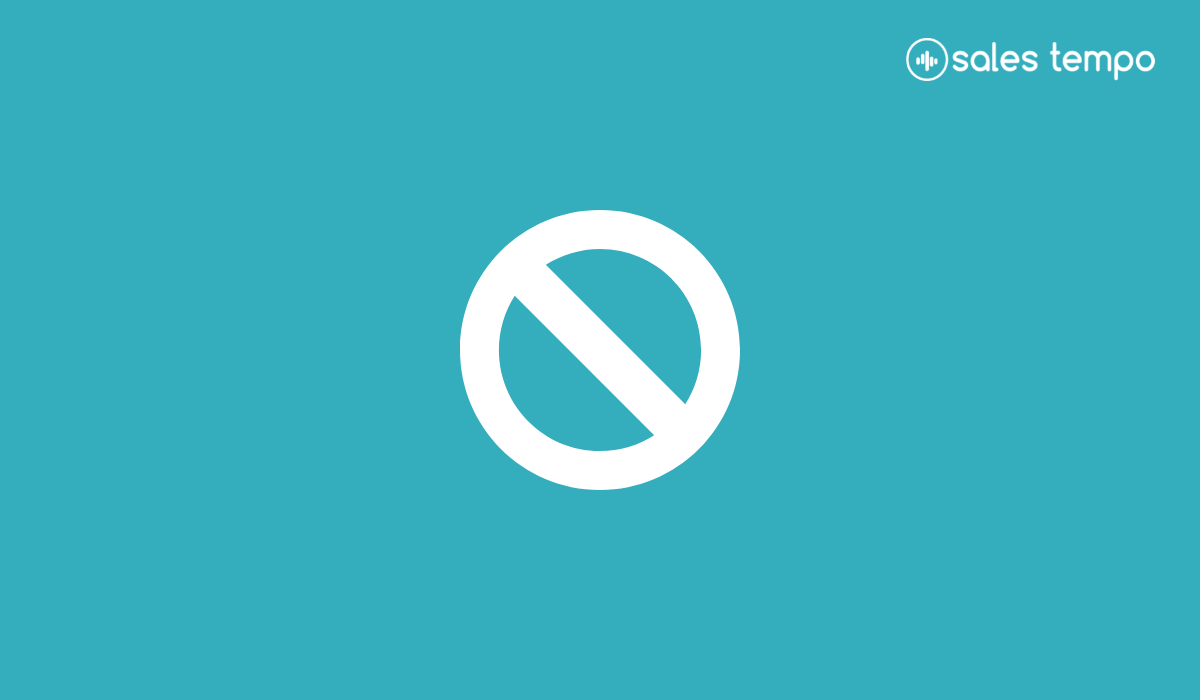Lead generation is a crucial aspect of any business, as it helps to identify and attract potential customers. However, effective lead generation takes time and requires a comprehensive approach to ensure that you are reaching the right audience at the right time.
You'd be surprised how many times we hear, "Can't you just download a list from a contact database and get started?" Anyone messaging that they can give you 10,000 leads a week should be looked at with great scrutiny. Sales outreach is not something you can do well in bulk. I mean, you could, but that is spamming not selling. We've found that if lead generation is done well, you can sell more with fewer leads.
That's not to say that the amount of leads is not important. If you don't have enough at the top of the funnel it doesn't matter what your conversion rate is. Yet, at the same time, your conversion rate will be much lower with unqualified leads. Instead, it is essential to focus on generating high-quality leads that are more likely to convert into paying customers.
Identifying a qualified lead requires more research than just downloading a list. It is important to understand the specific needs and pain points of your target audience and to tailor your lead-generation efforts accordingly. This may involve conducting market research, analyzing customer data, and building detailed ideal customer profiles.
Once you've identified your Ideal Customer Profiles(ICPs), you'll be able to identify ideal customers by info such as their demographics, their industry, and their pain points. By focusing on leads that fit your ICP, you can ensure that your lead-generation efforts are more likely to be successful.
Another effective approach to lead generation is to start with leads that you have close connections with. These leads are more likely to trust you and to provide valuable referrals, which can help to expand your reach and increase your chances of success.
Here's how you can get started generating high-quality leads.
- Conduct market research to understand the specific needs and pain points of your target audience.
- Build detailed ideal customer profiles (ICPs).
- Using your ICPs, start building a lead list from your network. Referrals can open doors faster than any cold outreach.
- Using your ICPs, use LinkedIn Sales Navigator to find people that match and then use a contact database like Seemles.ai to uncover their contact info.
In conclusion, lead generation is a critical aspect of any business, it takes time to do well and if done correctly, has a higher chance of converting and will save you time and money during outreach.





